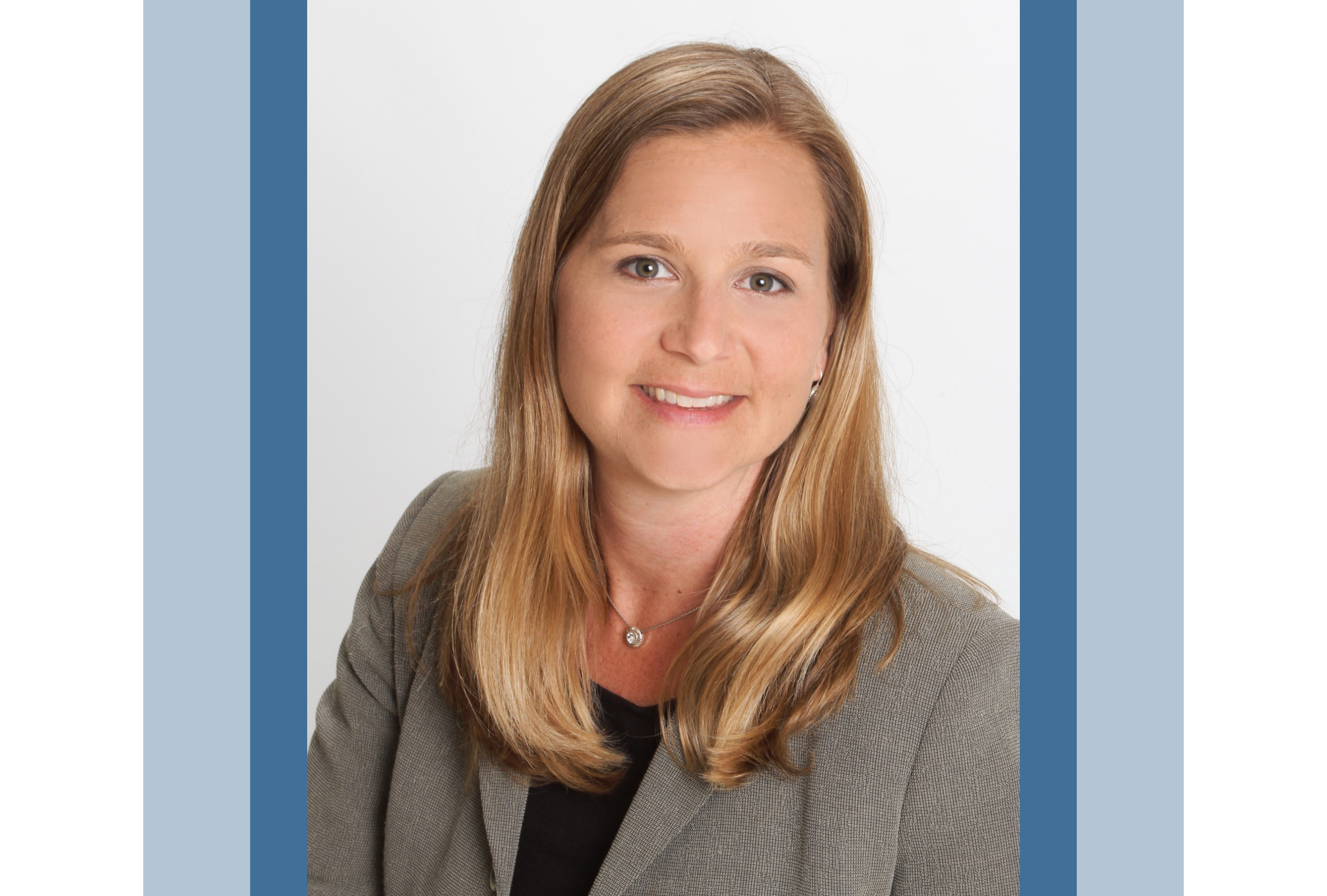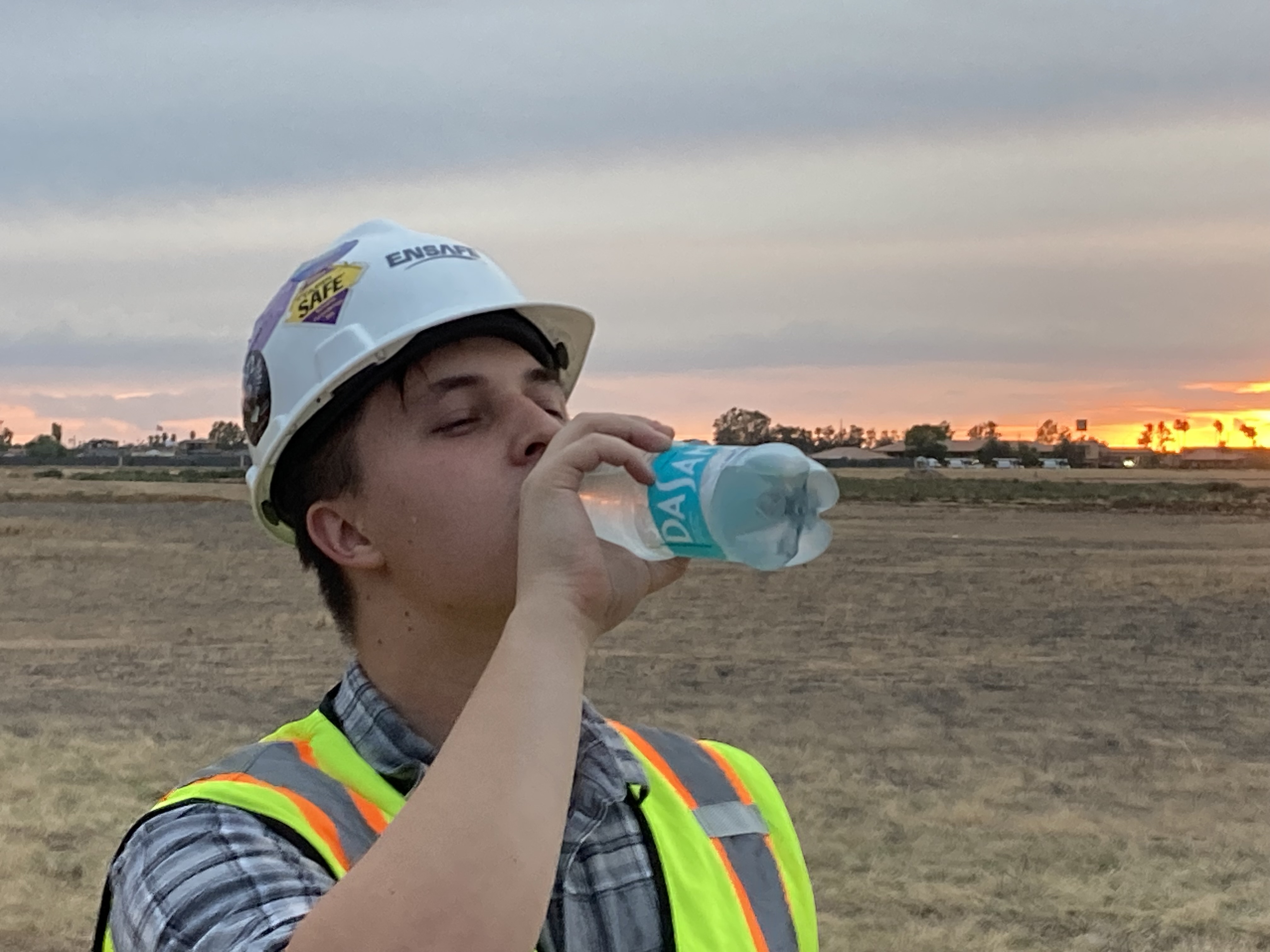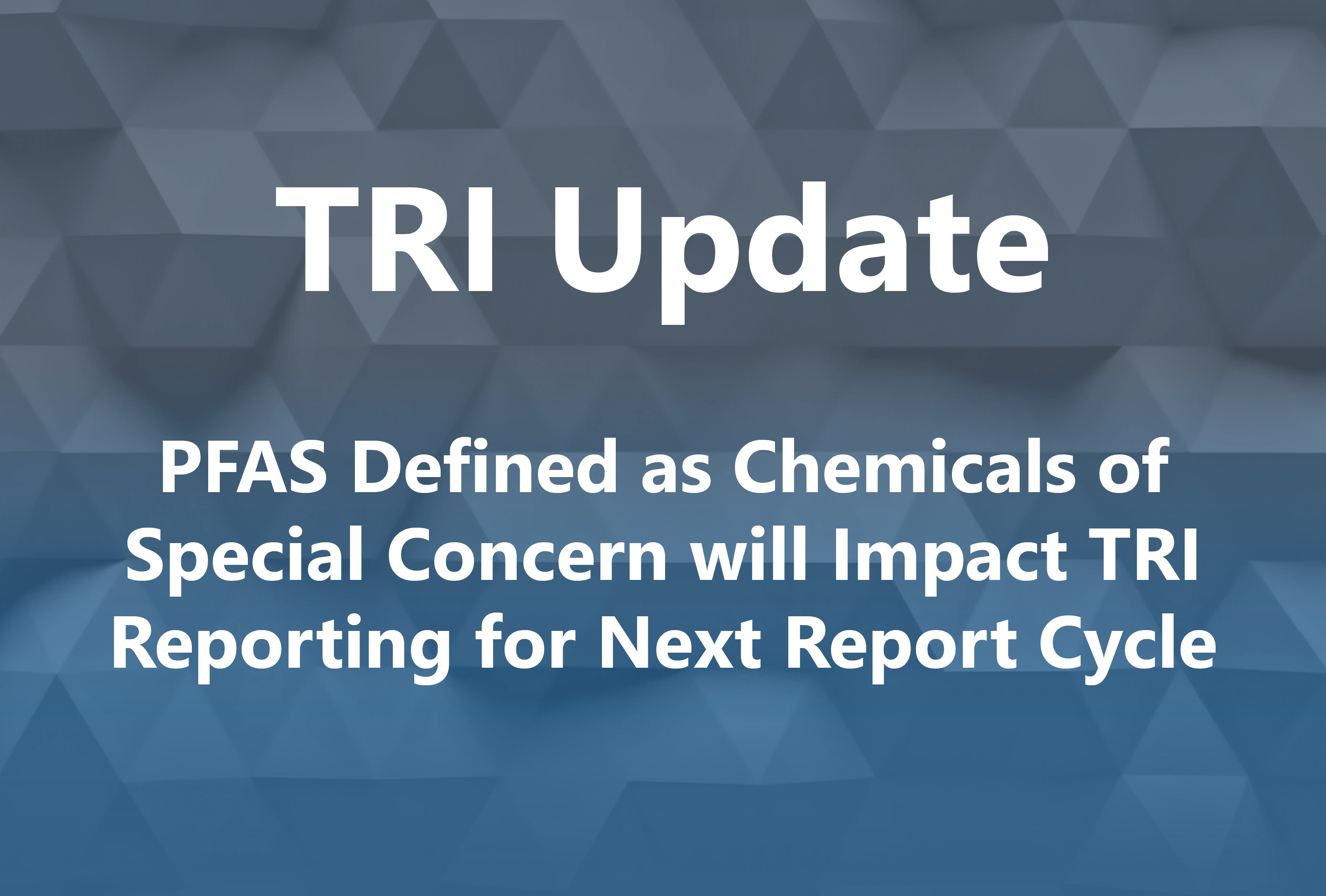EnSafe, a global provider of environmental, engineering, health and safety, and technology services, is excited to announce the hiring of Grant Writer, Leslie Sykes in our Tampa, FL office. Leslie will play a critical role in EnSafe’s burgeoning Brownfields practice, working with communities and organizations to secure funding for their development projects. With over 25 […]
Continue readingOSHA’s Proposed Heat Stress Standard (29 CFR 1910.148)
On July 2, 2024, the Occupational Safety and Health Administration (OSHA) released its proposed standard 29 Code of Federal Regulations 1910.148: “Heat Injury and Illness Prevention.” The proposed standard will apply to employers in general industry, construction, maritime, and agriculture sectors for work performed indoors and outdoors that would result in employee exposure at or […]
Continue readingTRI Update – PFAS will Impact TRI Reporting for Next Report Cycle
As most of us know, the TRI reporting cycle for RY23 closed on July 1, 2024. However, a recent regulatory change will impact the TRI reporting of PFAS for next year and TRI reporters should understand how this may impact their reporting obligations. In November, the U.S. Environmental Protection Agency (EPA) designated PFAS subject […]
Continue readingEnsuring Workplace Safety: Navigating the EPA’s New Standards for Methylene Chloride
On May 8, 2024, the U.S. Environmental Protection Agency (EPA) issued a final rule targeting the hazardous health risks posed by Methylene Chloride. The mandate prohibits all consumer applications (e.g., paint and coating strippers) and most commercial uses of Methylene Chloride. It mandates enhanced safety protocols for workers under a Workplace Chemical Protection Program (WCPP) […]
Continue readingNavigating EPA’s RMP Rule: Safer Communities by Chemical Accident Prevention
On March 11, 2024, additional requirements were finalized for companies that manufacture, distribute, process, or use chemicals regulated under the Environmental Protection Agency’s (EPA) Risk Management Program (RMP). These amendments to the RMP Rule, known as the Safer Communities by Chemical Accident Prevention Rule, became effective on May 10, 2024, with several requirements extended through […]
Continue reading



